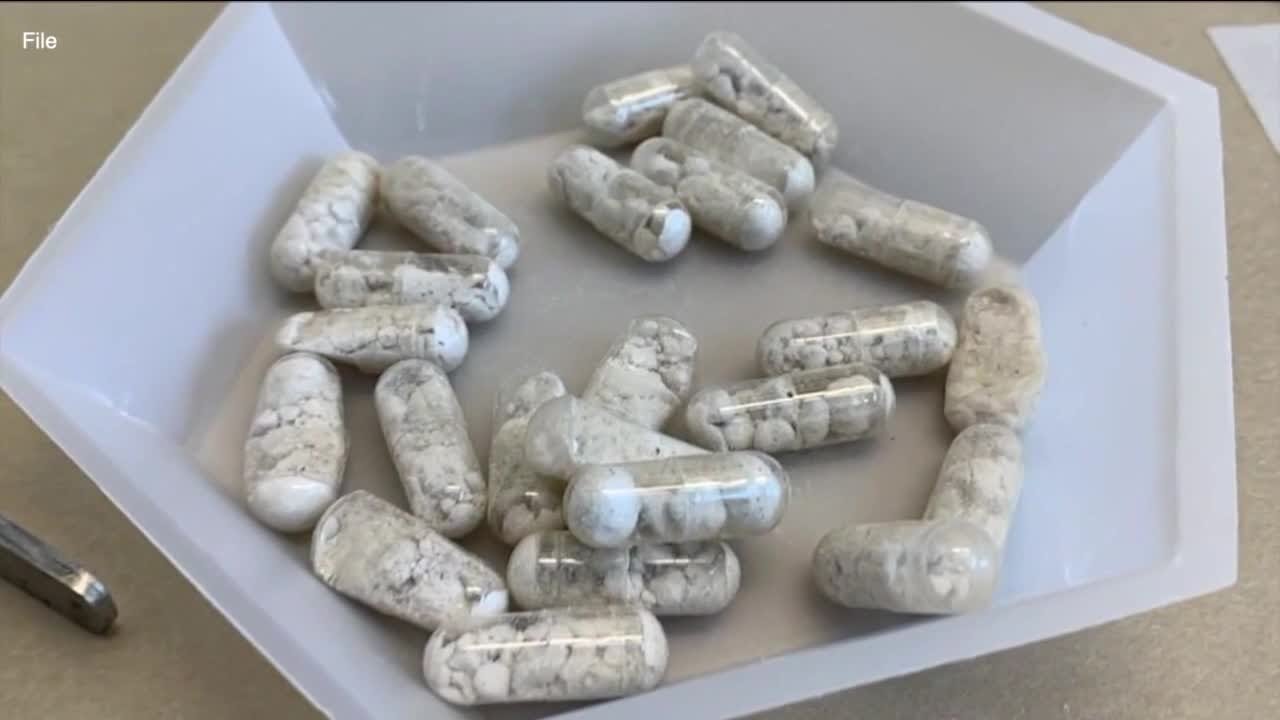The article titled “Inside the DEA Drug Lab on the Front Lines of the Battle Against Fentanyl” takes readers deep into the dangerous world of synthetic opioids, the often lethal painkillers that have fueled the opioid epidemic. The article provides a glimpse into the highly secure DEA laboratories where scientists work tirelessly to understand and combat the constantly evolving drug landscape, and investigates the challenges that law enforcement officials face in their efforts to stem the tide of addiction and overdose deaths caused by fentanyl and other synthetic drugs.
Inside the DEA Drug Lab: On the Front Lines of the Battle Against Fentanyl
The opioid crisis has become a public health emergency in the United States, and the drug fentanyl is one of the leading culprits. Fentanyl is a synthetic opioid that is 50 to 100 times more potent than morphine, and it has contributed to thousands of overdoses in recent years. The Drug Enforcement Administration (DEA) is responsible for enforcing federal drug laws, and its drug labs are on the front lines of the fight against fentanyl.
What is a DEA Drug Lab?
A DEA drug lab is a specialized laboratory that analyzes evidence related to drug crimes. The lab is staffed by chemists, forensic scientists, and other experts who use advanced equipment to identify and analyze illegal drugs. The DEA operates several drug labs across the country, including in Dallas, Chicago, and San Francisco.
Fentanyl: A Growing Threat
Fentanyl has become a growing threat in recent years. This powerful drug is often sold on the black market and is increasingly mixed with other drugs, such as heroin and cocaine. Fentanyl is so potent that a small dose can be deadly, and many drug users are unaware of the risks. For law enforcement, fentanyl is a serious concern because even accidental exposure to the drug can be deadly.
How DEA Drug Labs Analyze Fentanyl
DEA drug labs use sophisticated methods to analyze fentanyl and other illegal drugs. The process begins with the collection of evidence, such as drug samples seized during a raid or overdose investigation. The samples are then brought to the lab, where chemists and forensic scientists use a range of techniques to identify and quantify the drugs.
One of the most important tools for analyzing fentanyl is gas chromatography-mass spectrometry (GC-MS). This technique separates the components of a sample and identifies them based on their mass-to-charge ratio. GC-MS can detect even trace amounts of fentanyl in a sample, which is critical for identifying the drug in complex mixtures.
DEA drug labs also use other techniques for analyzing fentanyl, such as infrared spectroscopy, nuclear magnetic resonance (NMR) spectroscopy, and liquid chromatography-mass spectrometry (LC-MS). These methods provide additional information about the properties and composition of the drug, which can be used in court cases and other legal proceedings.
The Importance of DEA Drug Labs
DEA drug labs play a critical role in the fight against fentanyl and other illegal drugs. By analyzing evidence and identifying the drugs involved in criminal activities, DEA drug labs help law enforcement officers build strong cases against drug traffickers and dealers. Additionally, drug labs help to identify new trends in drug use and manufacture, which can inform public health policies and prevention strategies.
Despite the important work that DEA drug labs do, they face many challenges. One major issue is the growing demand for their services. As the opioid crisis continues to ravage communities across the country, DEA drug labs are processing more and more samples every day. This workload can strain resources and slow down the analysis process, which can have serious consequences for law enforcement efforts.
Another challenge faced by DEA drug labs is the dangerous nature of fentanyl and other synthetic drugs. Even small amounts of fentanyl can be deadly, and lab technicians must take special precautions to protect themselves and prevent accidental exposure. These precautions can include wearing protective gear, working in dedicated fume hoods, and using specialized equipment to handle the drugs safely.
Conclusion
The opioid crisis is one of the most pressing public health issues facing the United States today, and fentanyl is at the center of this crisis. The DEA drug labs are on the front lines of the fight against fentanyl and other illegal drugs, using advanced techniques to analyze evidence and dismantle criminal networks. Although DEA drug labs face many challenges, their work is critical to the health and safety of communities across the country.




































